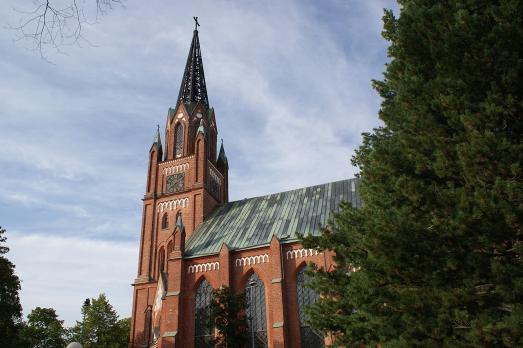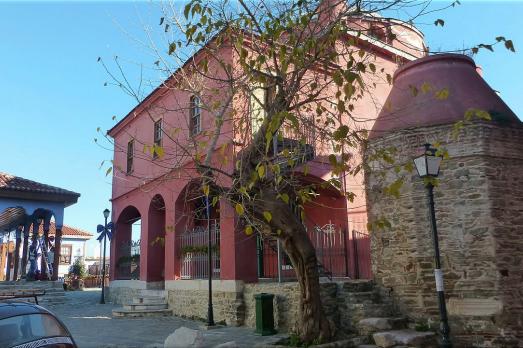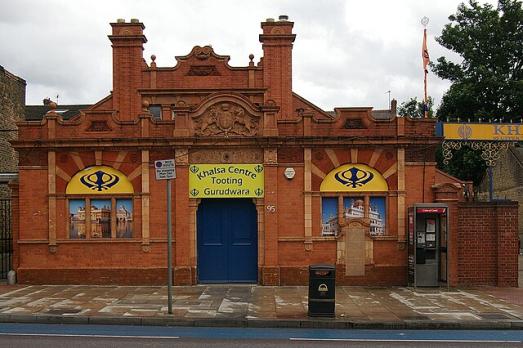Kerkje van Schoorl
Schoorl, NL
Reformed Church. Single-nave building with three-sided closure, dating from 1783 according to the stone in the north wall. Internal wooden barrel vault. Mainly 17th century gravestones. Copper crown 1783; pulpit 18th century. Originally a single-manual organ, made in 1716 by M. Verhofstad and his assistant Th. Schiffers. In 1917 extended by Flentrop with a second manual and placed in this church. Restored in 1981 by Flentrop Orgelbouw.











